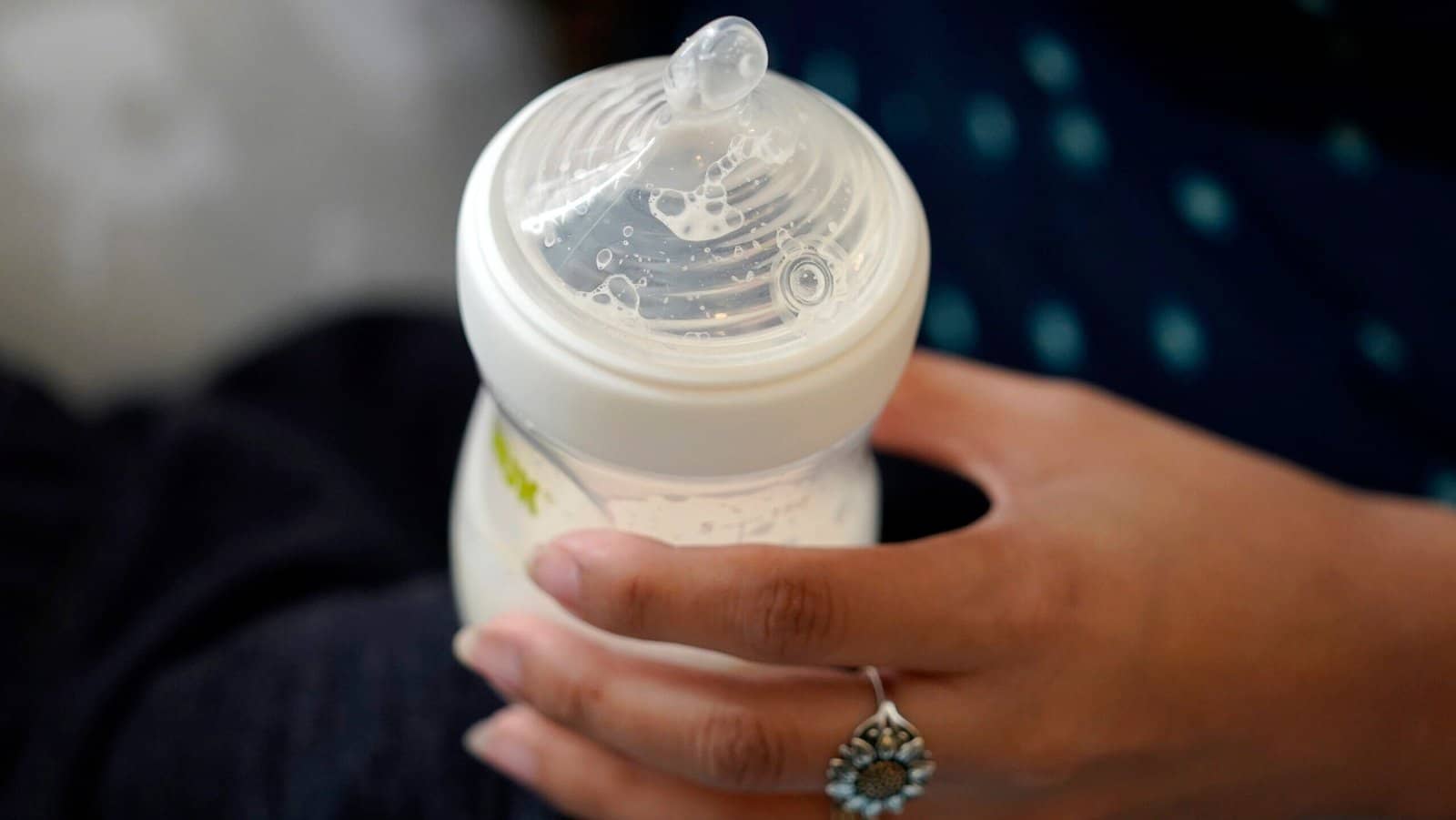Federal health officials are taking a fresh look at individual method as they pledge to reform the U.S. foods provide. The Food and Drug Administration is under the purview of the vitamins and other elements in the baby formula that millions of American babies take out of their bottles. The energy, known as” Operation Stork Speed,” marks the first thorough examination of the components since 1998. The FDA will make sure baby method products are safe and healthy for the families and children who rely on them, according to Kennedy. According to the Centers for Disease Control and Prevention, about 40 % of American kids just consume method during their first six months of life, with the majority consuming it exclusively as their primary source of nutrition. According to Dr. Steven Abrams, an expert on toddler nutrition at the University of Texas, formula has been widely used in the United States for about six years. The general scientific community has long advocated for a review of infant formula and is “fully friendly of this concept of a comprehensive look,” he said. According to him, present formula products in the United States are still healthy and nourishing. However, there has been a lot of research, and we want the FDA regulations to be in line with the most current scientific findings from around the earth, he said. Read more:
What is important to know about Operation Stork Speed: Infant solution is a manufactured product made of cow’s milk or soy that is intended to imitate human breast milk for children up to the age of 12 months? It might be the only source of nutrition or feeding supplements. According to FDA regulations, infant formulas must contain 30 distinct nutrients, with maximum levels for all and optimum levels for 10 of them. Although the materials vary, each formula may have a balance of energy from proteins, carbohydrates, and fat that is comparable to what’s found in human milk. Federal guidelines advise that families continue breastfeeding for the first year or more while adding new products to the child’s eating for the first six months of their lives. Parents use solution when a family is unable to breastfeed or chooses not to for a variety of reasons, including medical conditions, function issues, to allow other community members to assist with feedings and various situations. In March, Kennedy made the announcement that the U.S. food supply chain’s” Make America Healthy Repeatedly” initiative would be reviewed. According to the organizations, the FDA’s review will involve more rigorous testing for large metal and other substances as well as a nutritional analysis. On Wednesday, U.S. health officials may carry a two-hour roundtable debate of infant formula. The FDA is seeking new medical information and details on whether certain substances in solution for children may become added, removed, or changed. The comment period is until September 11. According to scientists, a review of the most recent research on the content of individual cheese and how infants digest and absorb nutrients from breast milk and calculation is long overdue. They also want the FDA to take into account how U.S. formulas compare to those produced elsewhere, according to Bridget Young, a University of Rochester student who studies child nutrition. What are the differences between our laws? she stated. More foreign alignment may have eased the U.S. infant formula crisis in 2022, when contamination shut down an Abbott factory, leading to monthslong shortages for British parents, Young said.” Even it’s time for them to relook at their regulations and take into account possible international harmonization. Read more:
Some families have sought out European-made baby formula in recent years because they believe that products made abroad are healthier choices, according to experts, so Vanessa Bryant dispels maternity gossips with Rihanna memes. Although the requirements for nutrients and testing are identical in both the U.S. and Europe, according to Abrams, they are usually comparable. The distinctions between the United States and Europe should not be viewed as being “higher,” “better,” or “greater” in one versus the other, he said. Iron, for example, is higher in U.S. calculations than it is in European calculations, and Abrams suggested that U.S. leaders might consider lowering metal goals. In recent years, solution has had additional elements added. Docosahexaenoic acid, an important omega-3 fatty acid, is a part of them as are people cheese oligosaccharides, complex sugars found in breast milk but not in cow’s milk. They may be helpful, but they are not necessary. We want to look at some calculations because these have been added, but not other formulas, Abrams said. Numerous families have raised concerns about formula ingredients like added sugar and seed oils, which Kennedy also sees as potential threats to the wider food source. Recent research suggests that baby formula with added sugars like glucose and corn syrup substances may cause weight gain in kids. According to Young, the majority of professionals concur that milk, the main type of sugar in breast milk, is preferred. Young said that child calculations in the U.S. do have seed oils. However, that’s because there are only a select few vegetables oils that contain the necessary saturated and unsaturated fats that children need. They must offer the range of fatty acid that breast milk contains, she said. The FDA’s review of baby formula may get “at least a year,” according to Abrams. Additionally, it will require extensive suggestions from various government bodies, formula producers, and consumers. No shortcuts are possible, he said, and no commission report, white paper, or other tool will do the job right. Read more:
Coming here, it blew my mind, Ryan Coogler says,” It’s a Sinners ‘ home.”
Kennedy has ordered a review of baby formula. Here’s what you should know


